17 Unique Cultural Festivals You Can Only Experience in Asia
When it comes to cultural festivals, Asia offers a wealth of unique experiences that cannot be found anywhere else. These festivals are a reflection of the region’s rich history and vibrant traditions. Whether you are drawn to lively street celebrations or more spiritual observances, there is something for everyone. Exploring these festivals is a great way to truly connect with the heart of Asia. Join us as we highlight some of the most iconic celebrations you can only experience in this incredible region.
This post may contain affiliate links, which helps keep this content free. Please read our disclosure for more info.
Yee Peng Festival (Thailand)
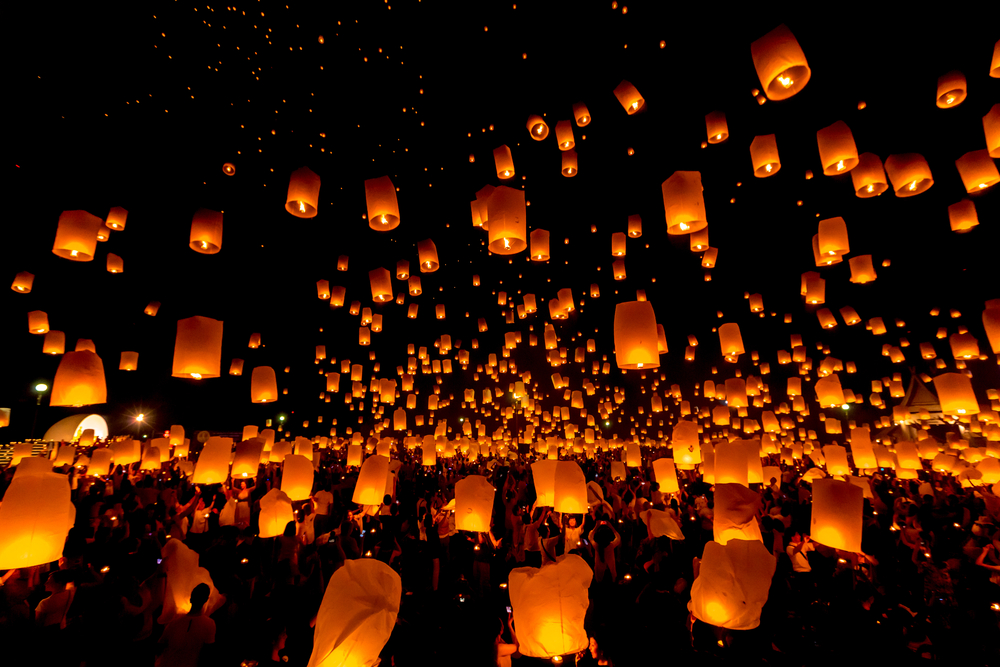
The Yee Peng Festival is a Thai celebration known for its beautiful lantern releases, which symbolize letting go of bad luck and making wishes for the future. It is traditionally celebrated in Northern Thailand, especially in Chiang Mai, during the full moon of the 12th month of the Thai lunar calendar. The festival is held annually in November, often coinciding with the Loy Krathong Festival. The highlight of the celebration is the release of thousands of lanterns into the night sky, creating a breathtaking view.
Yee Peng is a peaceful, visually stunning event that also includes traditional music, dance, and offerings to monks. The festival has its roots in Buddhist and Lanna traditions, where people make merit and pay respects to Buddha. It has grown in popularity and is now one of the most visually striking cultural festivals in the world. Visitors from around the globe come to Thailand to experience the magic of the lantern release and the festive atmosphere.
Harbin Snow Sculpture Festival (China)
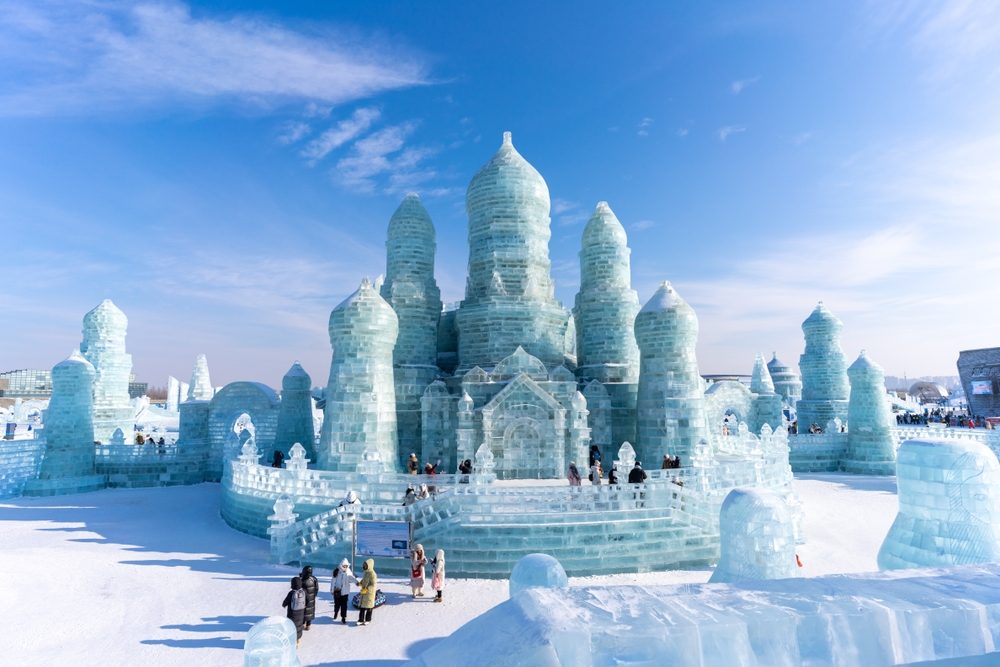
The Harbin Snow Sculpture Festival is one of the largest and most impressive winter festivals in the world, showcasing massive, intricate snow and ice sculptures. It began in 1963 as a small event and grew to become an international attraction, celebrated annually in January. Held in Harbin, the capital of Heilongjiang Province in China, the festival features sculptures that can reach up to several meters in height. Visitors can explore ice castles, ice sculptures, and even sculptures illuminated by colorful lights.
The festival has become a symbol of Harbin’s winter culture, offering a stunning display of artistry and engineering in sub-zero temperatures. The sculptures, made from ice taken from the nearby Songhua River, are often lit up at night, creating a magical atmosphere. The festival is not just about art; it also includes ice swimming, skiing, and cultural performances. It is an unforgettable experience for those willing to brave the cold in January for a true winter wonderland.
Male’an Sampi (Indonesia)
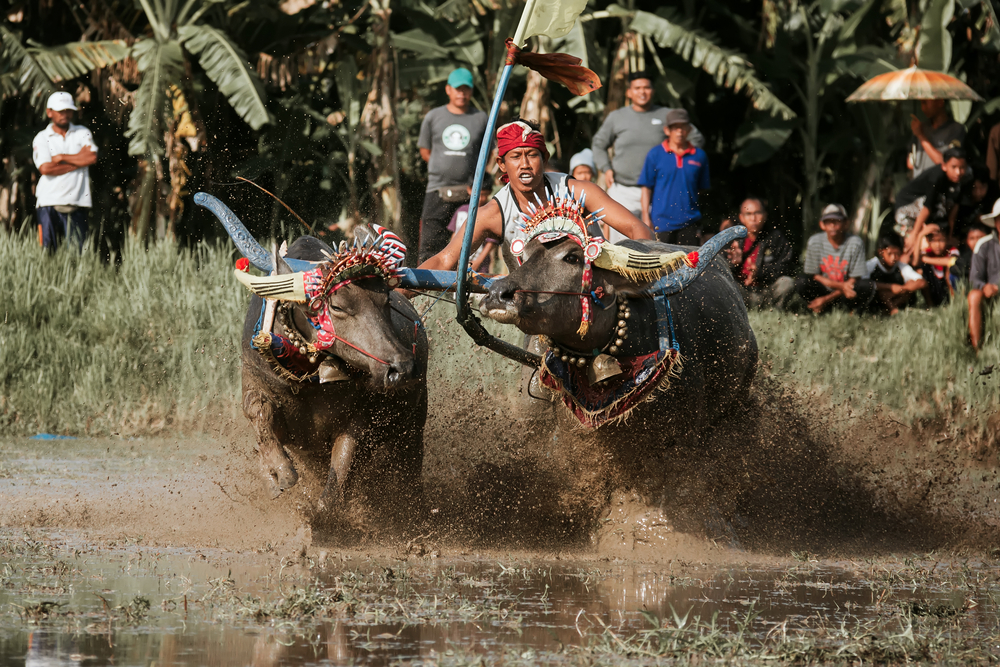
Male’an Sampi is a traditional bull race festival celebrated by the Madurese people on the island of Madura, Indonesia. It marks the beginning of the harvest season and is held annually in August. The festival features bulls pulling carts at high speeds along a dirt track, where jockeys skillfully guide the bulls to race against each other. It is a vibrant event that draws locals and tourists, creating a lively atmosphere filled with excitement and tradition.
The festival has been celebrated for centuries and holds cultural significance for the Madurese, symbolizing strength, skill, and prosperity. The bull races are accompanied by traditional music, dances, and food, making it a cultural celebration as much as a sporting event. The Male’an Sampi festival is a testament to the region’s agricultural traditions and the bond between people and animals. It is one of Indonesia’s unique cultural festivals, showcasing the island’s rural lifestyle.
George Town Festival (Malaysia)
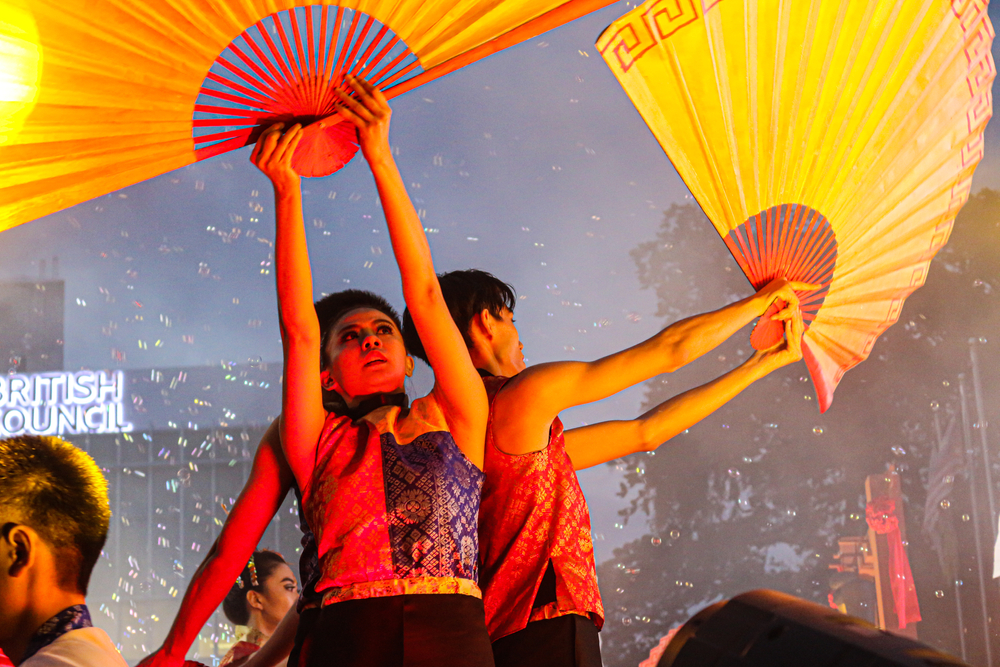
The George Town Festival is a month-long celebration held every year in August in Penang, Malaysia. It is an annual arts and culture festival that honors the city’s UNESCO World Heritage status. The festival features a wide variety of events, including theater performances, music concerts, dance performances, and visual arts exhibitions. It aims to promote the diverse cultures of George Town and showcase local, national, and international talents.
The festival was first celebrated in 2010, shortly after George Town received recognition as a UNESCO World Heritage site. The events take place at various venues throughout the city, from traditional cultural centers to modern galleries. The George Town Festival is a unique opportunity to experience the city’s rich cultural diversity and vibrant artistic scene. It has become one of Malaysia’s most anticipated cultural events, attracting visitors from all over the world.
Songkran Festival (Thailand)
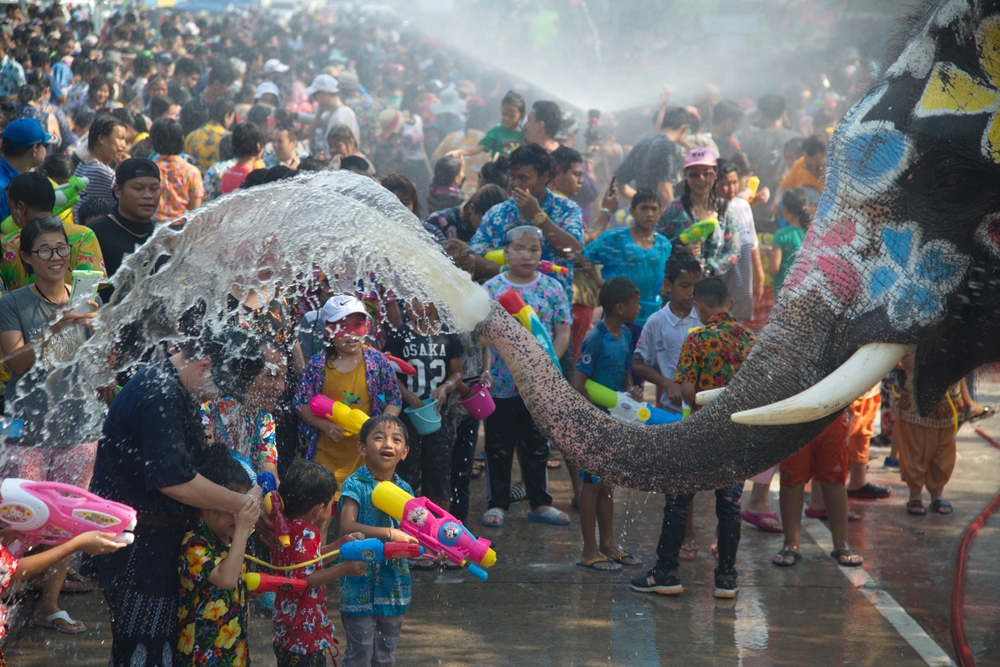
Songkran, the Thai New Year festival, is one of the most famous cultural celebrations in Thailand, known for its lively water fights and traditional rituals. It takes place annually in April, typically from April 13 to April 15, marking the transition of the sun into the zodiac sign of Aries. The festival’s origins are rooted in Buddhist traditions, where people clean their homes and visit temples to make offerings to monks. In modern times, Songkran is celebrated with a massive water fight in the streets, where people throw water at each other using water guns, hoses, and buckets.
While water fights are a major highlight, the festival is also a time for families to come together, visit their elders, and offer food to monks. Songkran is a vibrant celebration that combines tradition with modern fun, drawing tourists from around the world to take part in the festivities. Parades, traditional dances, and the famous sand pagoda building also add to the charm of the festival. It is a time for people to wash away bad luck and welcome the new year with joy and celebration.
Pchum Ben (Cambodia)
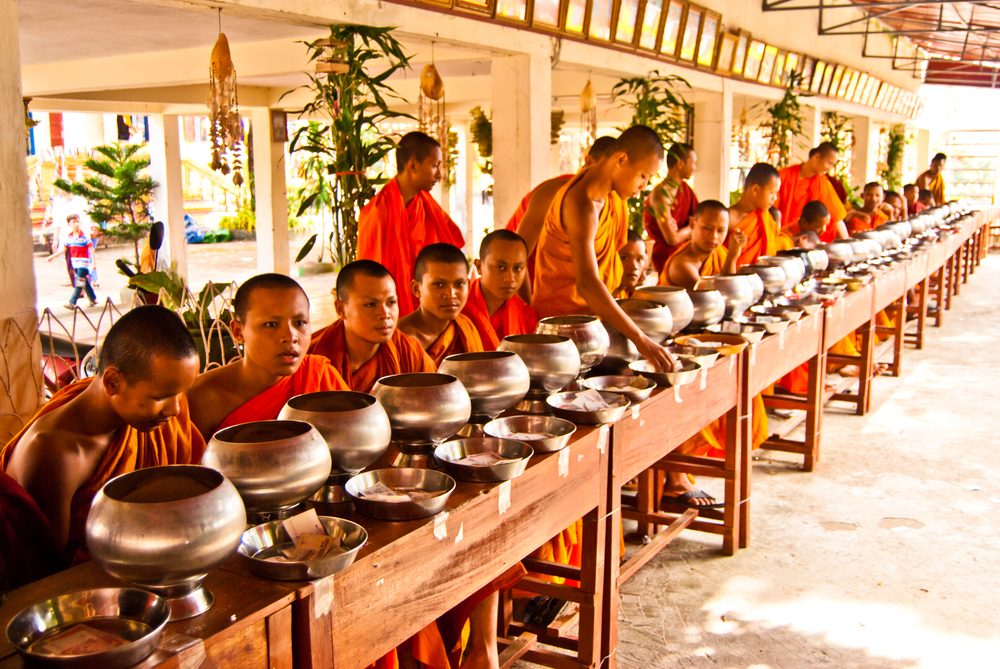
Pchum Ben is an important Buddhist festival in Cambodia, dedicated to honoring the spirits of deceased ancestors. It is celebrated annually in September or October, depending on the lunar calendar, for 15 days. During the festival, people visit pagodas to make offerings of food, candles, and incense, hoping to gain blessings for the souls of their ancestors. The last day, known as Pchum Ben Day, is considered the most sacred, when large groups gather to pay respects to the deceased.
The festival is deeply spiritual and reflects the strong Buddhist traditions in Cambodia. Many families gather to offer prayers and visit their ancestors’ graves, performing rituals to ensure their spirits rest in peace. Pchum Ben is a time of reflection, remembrance, and respect for the past. It is one of the most significant holidays in Cambodia and plays a major role in connecting the living with their ancestors.
Bali Kite Festival (Indonesia)
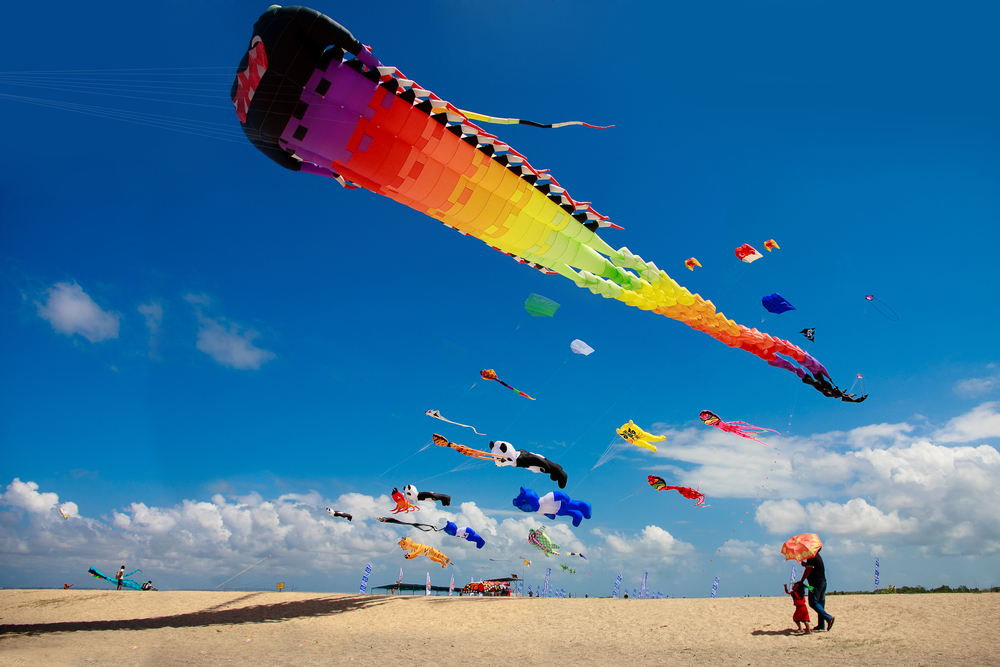
The Bali Kite Festival is a vibrant event celebrated annually in Indonesia, typically during the dry season, from July to October. It is a traditional festival where large, elaborately decorated kites are flown to celebrate the end of the harvest season and the beginning of planting. The kites are often massive, some reaching up to 10 meters in length, and they are crafted by local villages with great care. The festival attracts thousands of visitors, both local and international, who gather to watch the colorful displays in the skies.
The Bali Kite Festival is more than just a visual spectacle; it has cultural significance as well. The event is often seen as a way to send messages to the gods, asking for a bountiful harvest and good weather. In addition to kite flying, the festival also includes music, dance, and traditional performances. It is an exciting celebration of Balinese culture and tradition, showcasing the island’s rich artistic heritage.
Koh Samui Regatta (Thailand)
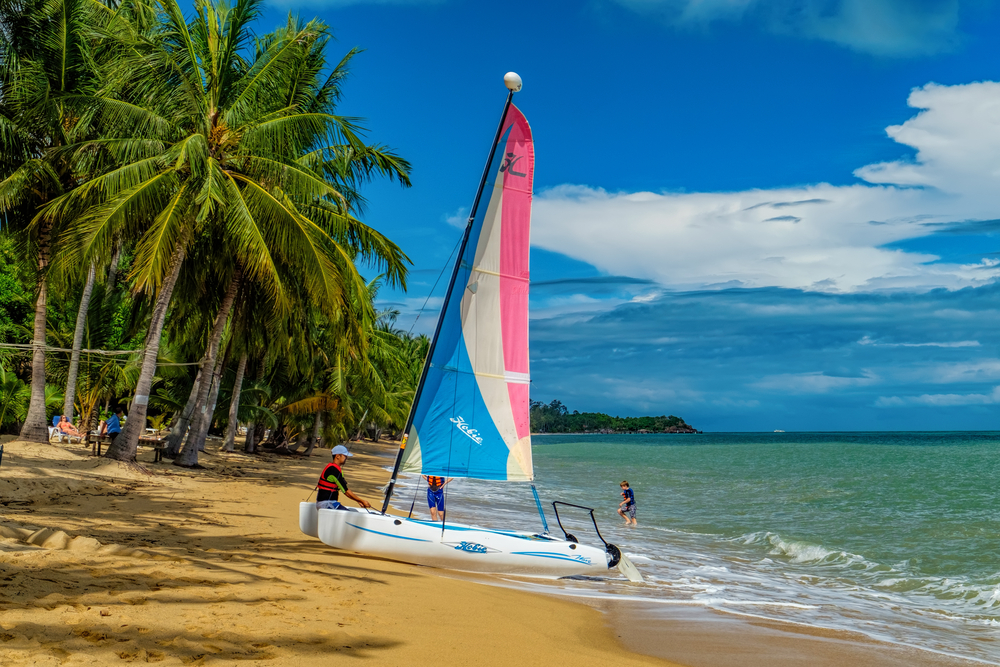
The Koh Samui Regatta is an annual sailing event held in May, making it one of the most exciting and prestigious regattas in Asia. The event attracts sailors from around the world who compete in various races off the coast of Koh Samui, Thailand. The regatta is not just a competitive event but also a celebration of the island’s vibrant beach lifestyle, with social events and parties taking place alongside the races. It is a fantastic way to experience the natural beauty of Koh Samui while enjoying thrilling yacht races.
The Koh Samui Regatta first began in 2002 and has since grown in stature, drawing both international sailors and tourists. In addition to the sailing competitions, the event includes beach parties, live music, and festive celebrations. It has become a staple in the global yachting calendar, providing an excellent mix of sport and entertainment. The regatta is a great way to experience the lively and welcoming spirit of Koh Samui while watching some top-level sailing.
Singapore Arts Festival (Singapore)
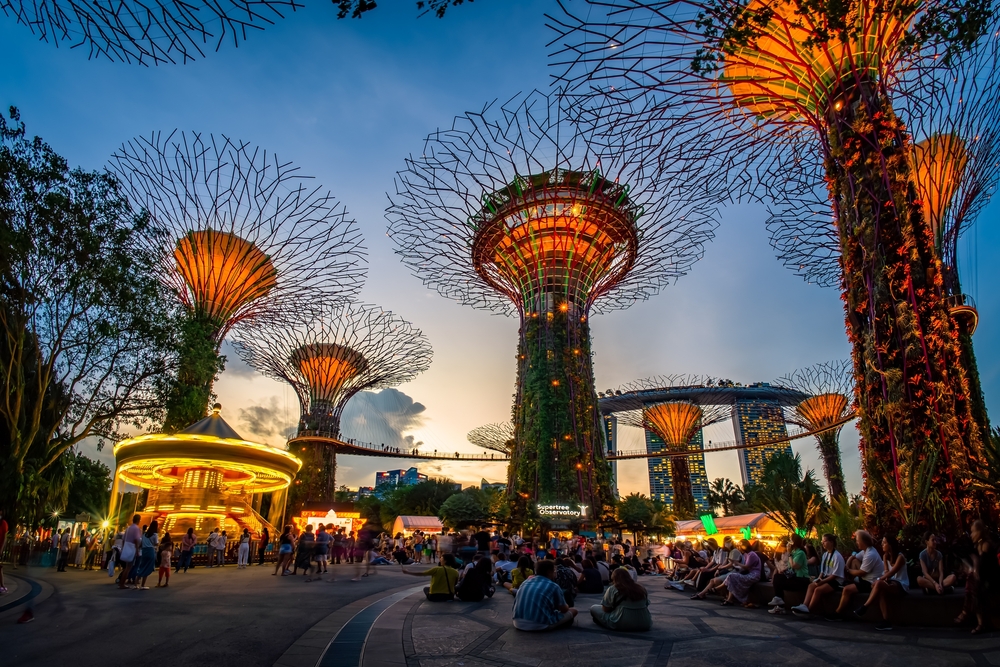
The Singapore Arts Festival is one of the most important cultural events in Singapore, showcasing the best of the nation’s arts scene. The festival was first held in 1977, and it has since grown to feature an impressive array of performances, including theater, music, dance, and visual arts. It is typically held in May or June, with events taking place across the city, from indoor theaters to outdoor spaces. The festival brings together both local and international artists, offering a diverse program that celebrates creativity and artistic expression.
The Singapore Arts Festival is known for its wide range of performances, from classical to contemporary, and its ability to connect artists with audiences. It has become a significant platform for promoting Singapore’s cultural identity on the global stage. Visitors to the festival can expect to experience world-class performances that challenge, inspire, and entertain. It is an essential event for art lovers and anyone interested in exploring Singapore’s cultural landscape.
Bali Arts Festival (Indonesia)
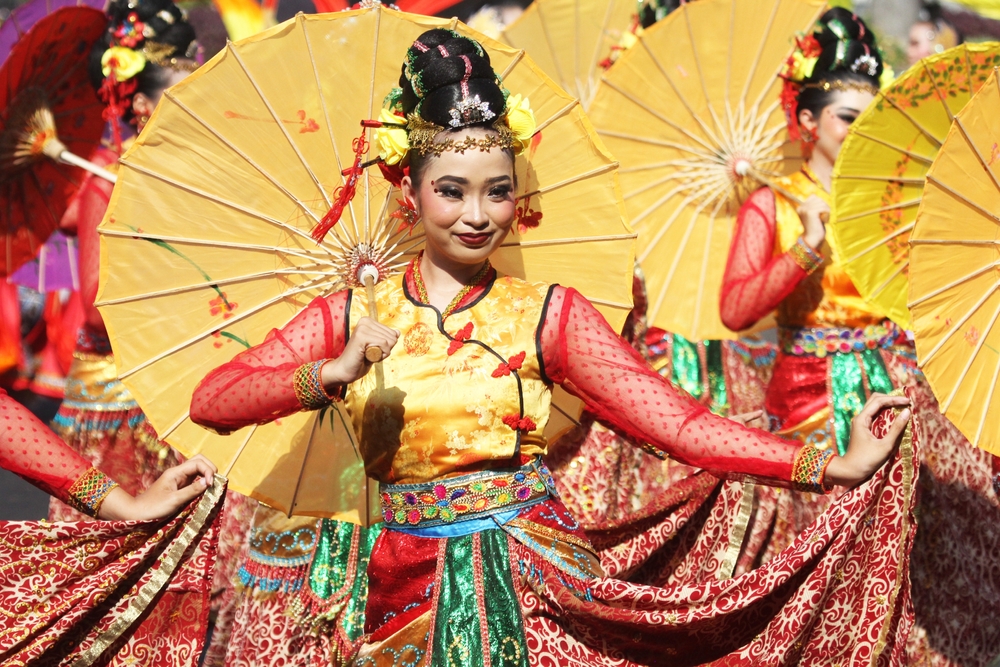
The Bali Arts Festival, held annually in June and July, is a vibrant celebration of Balinese culture and tradition. The festival showcases traditional Balinese music, dance, theater, and art, bringing together performances from local and international artists. The event lasts for a month and features a wide variety of performances and exhibitions, including traditional dances like the Barong and Kecak. It is an excellent way to experience the rich cultural heritage of Bali.
The Bali Arts Festival is a celebration of the island’s cultural diversity and artistic excellence. In addition to performances, the festival also features art exhibitions, crafts, and culinary experiences. It serves as an important event for preserving Balinese traditions while also introducing modern elements of art. Visitors to the festival can immerse themselves in the sights and sounds of Bali’s unique cultural landscape.
Hungry Ghost Festival (Chinese communities in southeast Asia)
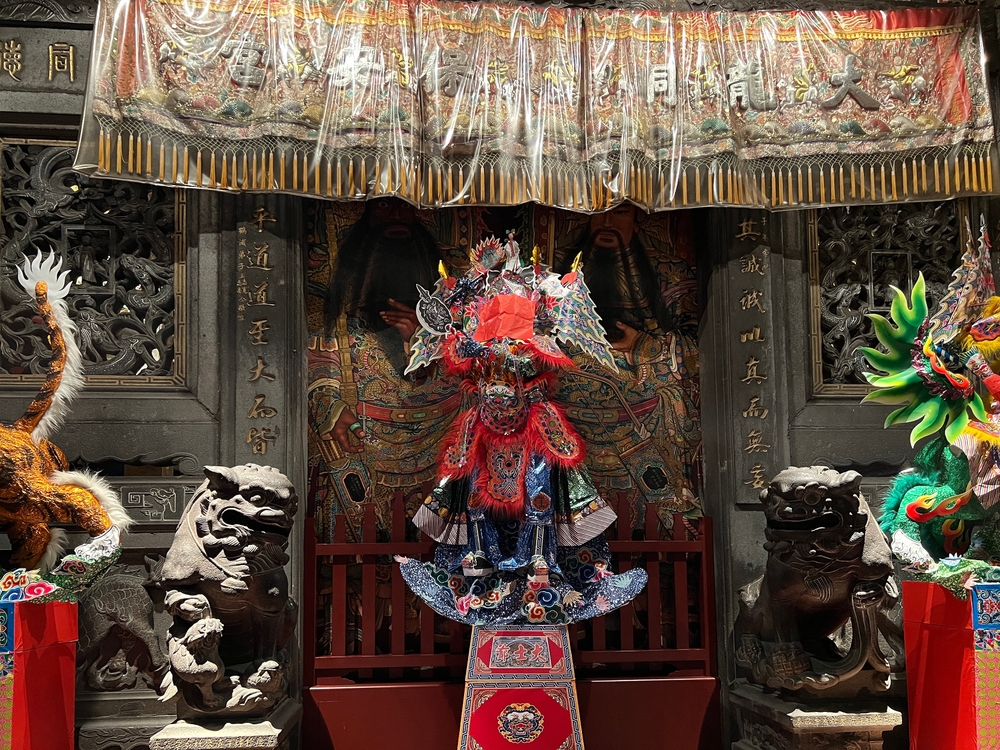
The Hungry Ghost Festival is a traditional Chinese festival observed by communities in southeast Asia, particularly in Malaysia, Singapore, and China. It is held on the 15th day of the 7th month of the lunar calendar, typically in August or September. The festival is based on the belief that during this time, the gates of the underworld are opened, allowing the spirits of the deceased to visit the living. Offerings of food, incense, and joss paper are made to appease the wandering spirits.
During the Hungry Ghost Festival, various cultural performances, such as Chinese opera, are held to entertain the spirits. The event is marked by a blend of ritual, celebration, and respect for ancestors. Families honor their deceased relatives and seek protection from wandering spirits. The festival plays a crucial role in maintaining spiritual and cultural practices within the Chinese community.
Chinese New Year
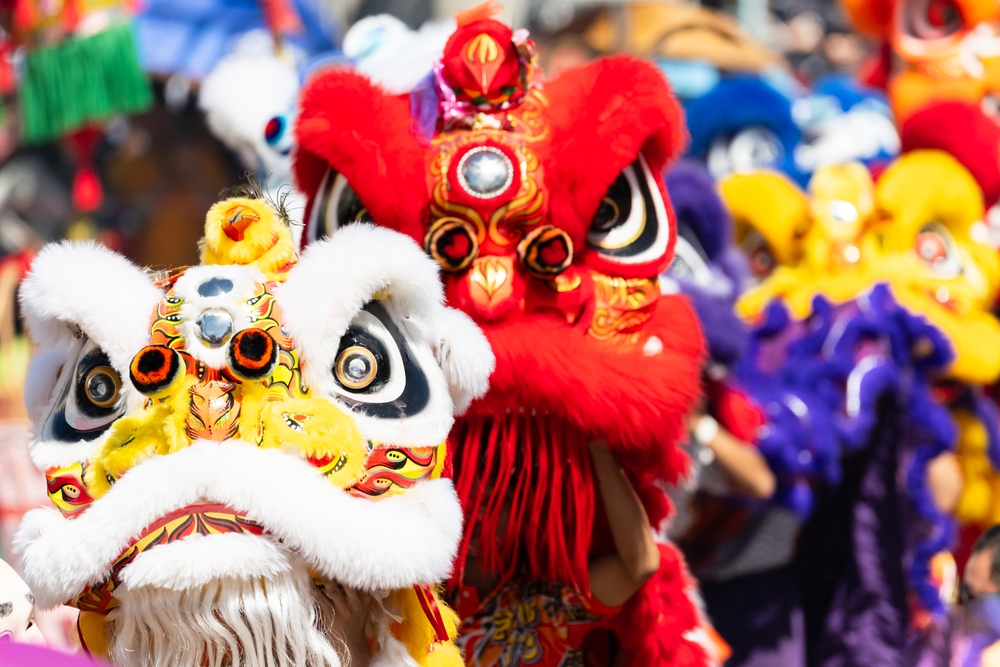
Chinese New Year, also known as the Spring Festival, is the most important traditional holiday in China and is celebrated by Chinese communities worldwide. The festival marks the beginning of the lunar new year, typically falling between January and February. Festivities last for 15 days, with the highlight being the grand reunion dinner on New Year’s Eve. Families gather to share food, exchange gifts, and honor their ancestors, while parades and fireworks are common to scare away evil spirits.
The festival is known for its vibrant celebrations, including dragon dances, lantern displays, and the giving of red envelopes filled with money for good luck. Each year is represented by one of the 12 animals of the Chinese zodiac, with each animal carrying its own symbolism. Chinese New Year is a time for renewal, family bonding, and honoring the past. It is widely regarded as a time of joy and prosperity for all.
Pulilan Carabao Festival (Philippines)
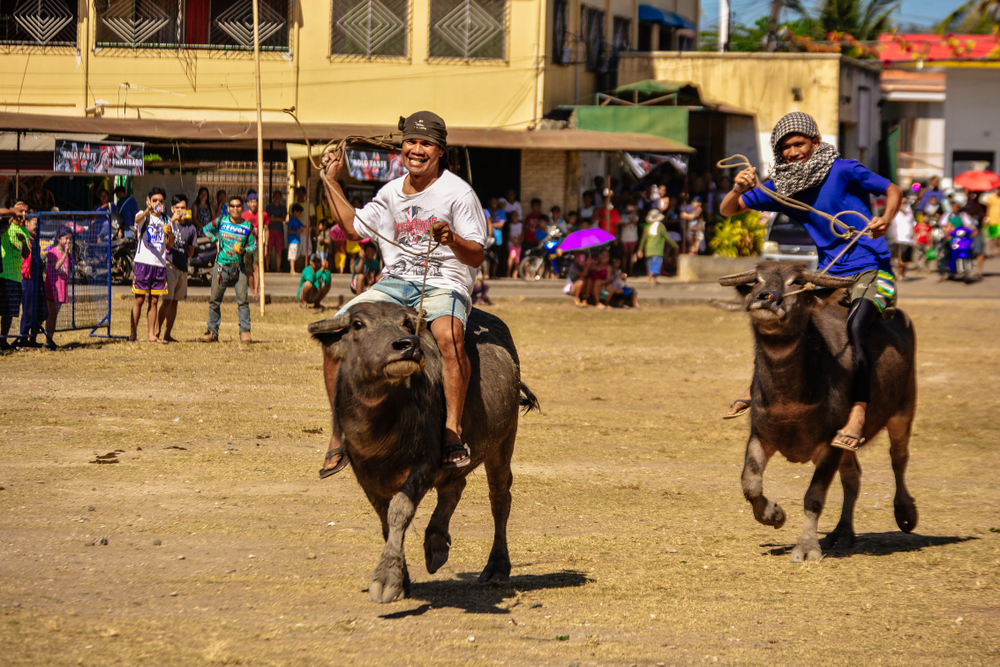
The Pulilan Carabao Festival is held annually in Pulilan, Bulacan, Philippines, to honor the carabao (water buffalo) for its role in helping farmers. The festival takes place in May, coinciding with the feast day of San Isidro Labrador, the patron saint of farmers. During the festival, carabaos are dressed in colorful decorations and paraded through the streets as a show of gratitude. The carabao is seen as a symbol of strength, hard work, and devotion.
The highlight of the festival is the carabao’s kneeling ceremony, where the animals kneel before the altar as a sign of reverence. Local farmers participate in agricultural competitions, such as plowing contests, and cultural performances, including traditional dances and music, are also featured. The Pulilan Carabao Festival is a celebration of the deep connection between Filipino farmers and their hardworking animals. It is an important cultural event for the community, celebrating both tradition and gratitude for the land.
Singapore Food Festival (Singapore)
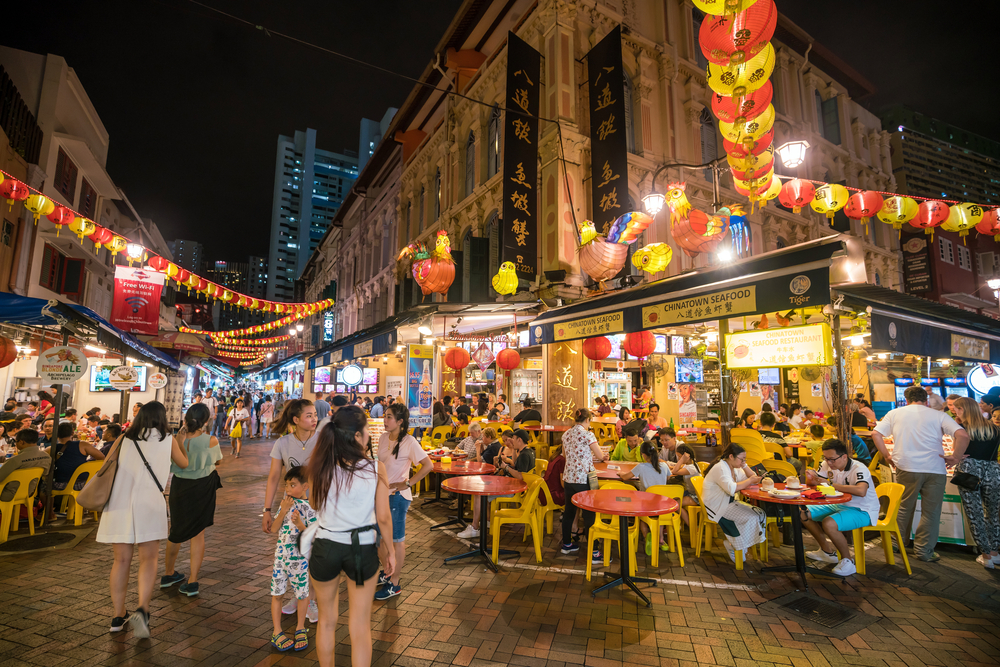
The Singapore Food Festival is an annual event that showcases the rich and diverse culinary scene in Singapore. Held in July, the festival celebrates the island’s multicultural food heritage, with offerings from Chinese, Malay, Indian, and Peranakan cuisines. Visitors can enjoy a range of activities, from food tastings and cooking classes to live cooking demonstrations by renowned chefs. The festival is a feast for the senses, highlighting Singapore’s unique food culture and vibrant street food scene.
The festival provides a platform for both local and international chefs to showcase their skills, and it often features exclusive food creations that reflect the dynamic fusion of flavors in Singaporean cuisine. It is a must-visit event for food lovers who want to explore the diversity and creativity of Singapore’s food scene. The Singapore Food Festival continues to grow in popularity, drawing both locals and tourists eager to indulge in the island’s best dishes. It is a celebration of flavor, tradition, and culinary innovation that unites people from around the world.
Holi (India)
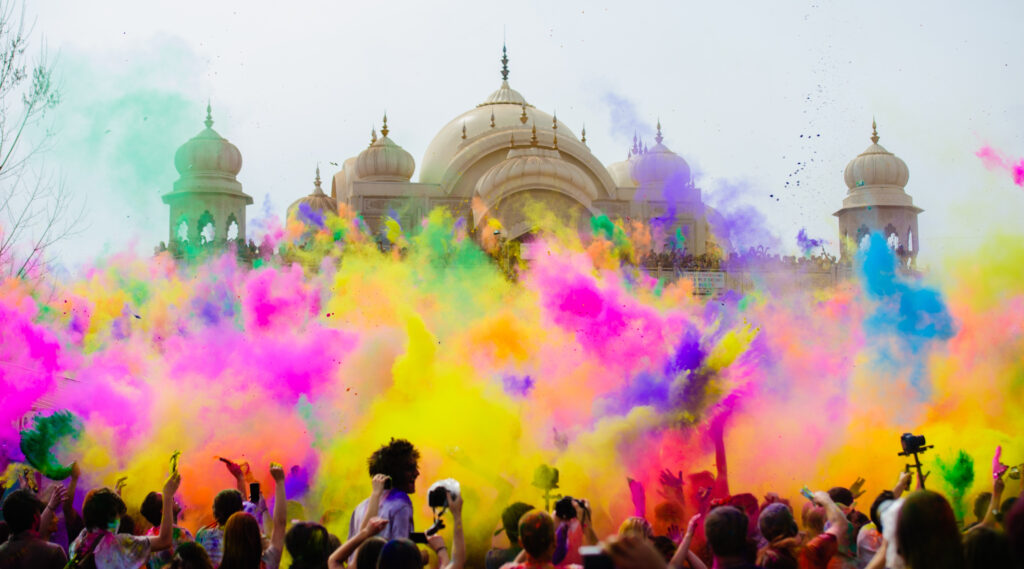
Holi, also known as the Festival of Colors, is one of the most vibrant and widely celebrated festivals in India. Held in March, it marks the arrival of spring and the triumph of good over evil. The festival is famous for its colorful powder throws, where people gather in the streets to splash each other with vibrant colors, creating a lively and joyous atmosphere. Holi is celebrated across India, with the largest festivities taking place in cities like Mathura and Vrindavan, which are closely associated with the legend of Lord Krishna.
The festival also has deep religious and cultural significance, with participants gathering to sing, dance, and celebrate with family and friends. Holi is a time for reconciliation, where past grievances are forgotten and people come together in unity. Traditional sweets, music, and dance are central to the celebration, and the playful color battles bring out the festive spirit in everyone. Holi is a sensory explosion of colors, laughter, and joy, offering a unique way to connect with India’s rich traditions and culture.
Thaipusam Festival (Malaysia)
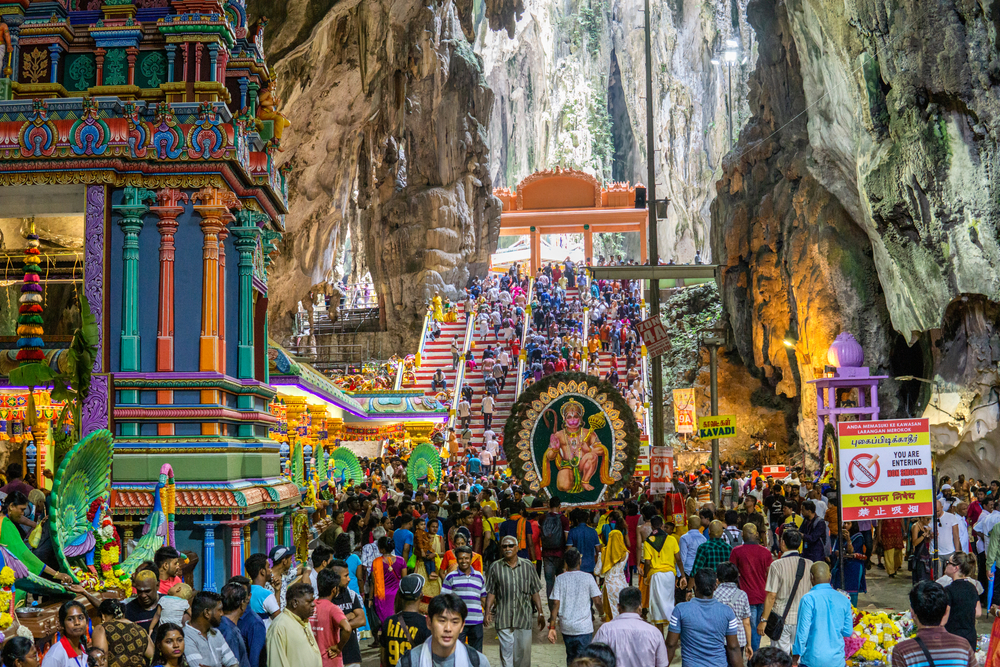
Thaipusam is a Hindu festival celebrated by the Tamil community, particularly in Malaysia, to honor Lord Murugan, the Hindu god of war. The festival, held annually in January or February, involves devotees undergoing various forms of penance and devotion, including the famous kavadi ritual. This ritual involves carrying a decorated structure, often adorned with piercings and offerings, as a form of thanksgiving for blessings received. The main event takes place at Batu Caves, where thousands of devotees gather to pay homage.
The festival is known for its vibrant processions, where devotees walk barefoot, carrying offerings to the temple. The sight of the kavadi and the devotion shown by the participants is both powerful and mesmerizing. Thaipusam is not only a religious observance but also a cultural spectacle, with traditional music, dance, and food contributing to the festivities. It is an important event in Malaysia’s cultural calendar, drawing large crowds and offering a deep spiritual experience.
Hmong New Year (Laos, Vietnam, and Thailand)
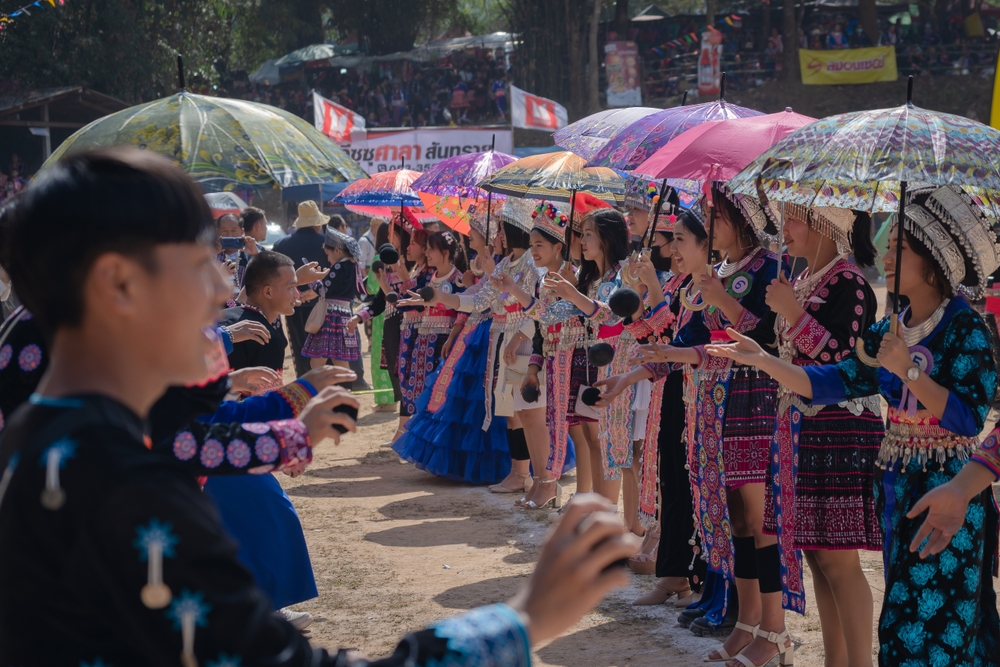
Hmong New Year is a vibrant festival celebrated by the Hmong people in Laos, Vietnam, and Thailand, marking the end of the harvest season. The festival is usually celebrated in December or January, depending on the region, and it is a time for family reunions, feasting, and cultural activities. Traditional customs include wearing colorful Hmong clothing, playing traditional games, and engaging in dances and music. The festival also includes offerings to ancestors, ensuring blessings for the coming year.
The Hmong New Year is a celebration of life, unity, and community. Traditional games such as ball throwing and archery competitions are enjoyed by people of all ages. It is also a time for matchmaking, as young people meet during the festival, often leading to arranged marriages. Hmong New Year is a rich cultural celebration, offering a chance to witness the traditions, customs, and vibrant spirit of the Hmong people.
Festivals in Asia bring people together to celebrate everything from spirituality to creativity. Each event offers a glimpse into the local way of life, showcasing the beauty and diversity of the region. Experiencing these festivals in person will create memories that last a lifetime and enrich your understanding of Asia’s cultural heritage.
This article originally appeared on Avocadu.
